Flooring is an essential aspect of any building, whether it’s a residential, commercial, or industrial space. It not only adds to the aesthetic appeal of the area but also serves a functional purpose of providing a stable and secure surface for walking and moving around. Different types of flooring options are available, ranging from natural materials like hardwood and stone to man-made materials like vinyl and laminate. Each type of flooring has its advantages and disadvantages, and the selection of the right flooring depends on various factors like cost, durability, maintenance, and usage.
Hardwood flooring is a popular choice among homeowners due to its timeless appeal and durability. Hardwood floors come in different styles and finishes, and they add warmth and elegance to any room. However, hardwood floors are expensive and require regular maintenance to keep them in good condition.
Laminate flooring is an affordable and low-maintenance option that resembles hardwood or stone flooring. It is made up of multiple layers of synthetic materials and is resistant to scratches, stains, and fading. Laminate floors are easy to install, but they cannot be refinished like hardwood floors.

Tile flooring is a versatile option for areas with high traffic or moisture, like bathrooms and kitchens. Tiles come in different shapes, sizes, and colors, and they can be arranged in various patterns to create a unique look. However, tile floors can be cold and hard underfoot, and they require regular cleaning and maintenance to prevent grout from becoming dirty or discolored.
Vinyl flooring is a cost-effective and easy-to-install option for areas with high traffic or moisture. Vinyl floors are available in different designs, including those that resemble wood or stone, and they are durable and low-maintenance. However, vinyl floors can be prone to scratches and dents, and they may not last as long as other flooring options.
Carpet flooring is a comfortable and cozy option that adds warmth and insulation to any room. Carpet is available in different materials and textures, and it can be used to create a soft and plush surface for walking and sitting. However, carpet requires regular cleaning and maintenance to prevent stains and odors, and it may not be suitable for areas with high traffic or moisture.
When selecting the right flooring for your space, consider the usage of the area, the level of foot traffic, the budget, and the maintenance requirements. It’s also essential to choose a flooring that complements the overall design and style of the room. With the right flooring, you can create a functional and attractive space that meets your needs and enhances the value of your property.



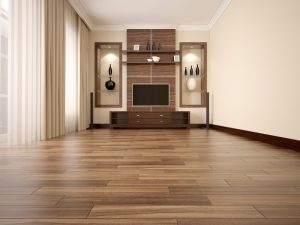
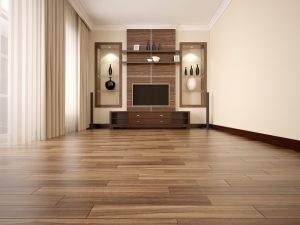




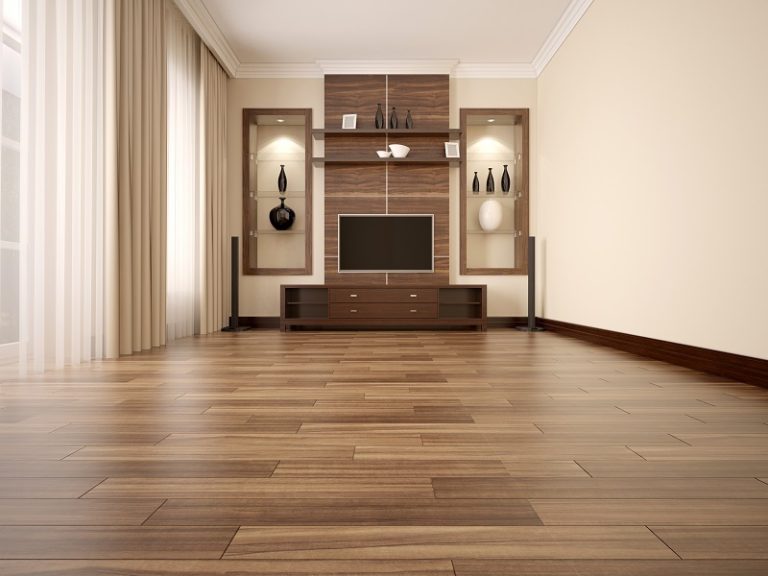
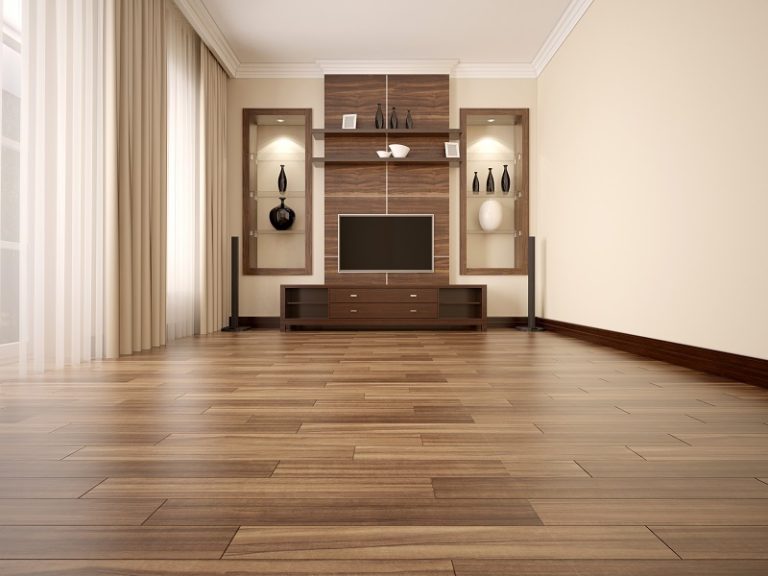
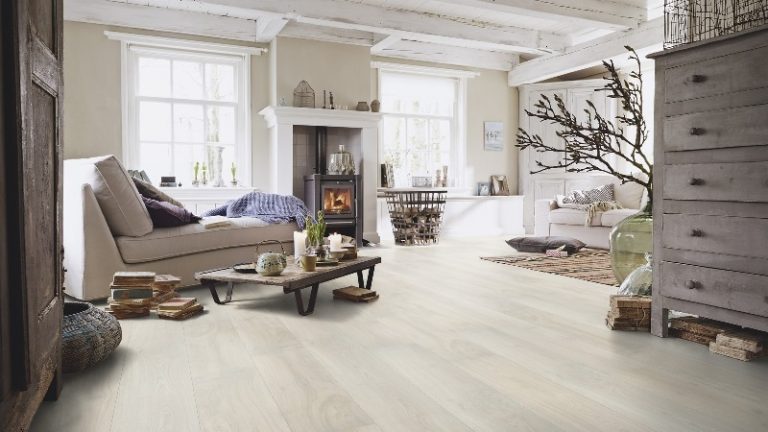
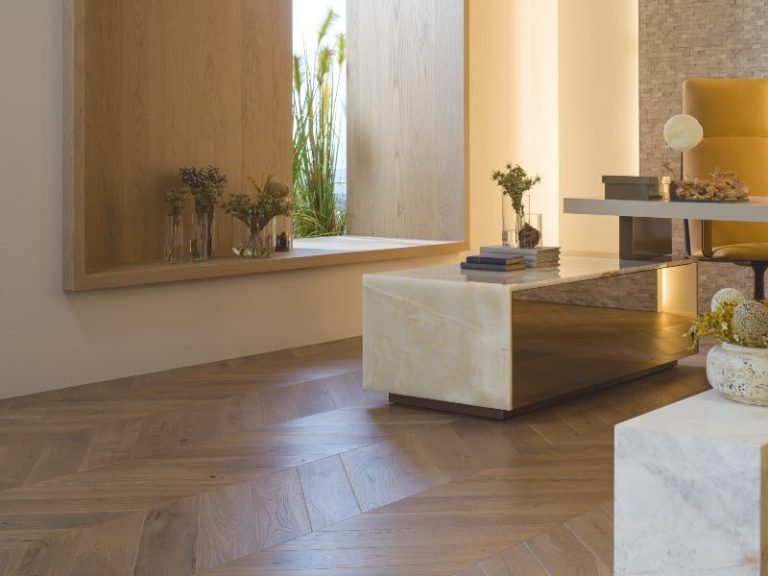
+ There are no comments
Add yours